3 folding, motorized scooters that aren’t the Motocompo
This story originally ran on this site in April of 2022, when we had no idea that Honda would resurrect the idea of the Motocompo as the Motocompacto. Brush up on your history, and stay tuned for our first ride of the scooter’s electric reboot. —Ed.
The whole concept of a portable, stowable scooter is one of those bizarre ideas that gets periodically lodged in the zeitgeist. Every decade or so, some inventor takes another crack at building a vehicle that you can fold up and take on your travels. Some vintage versions of these creations are pretty collectible now. After all, it’s not like storage is an issue.
1964–67 Fuji Go-Devil
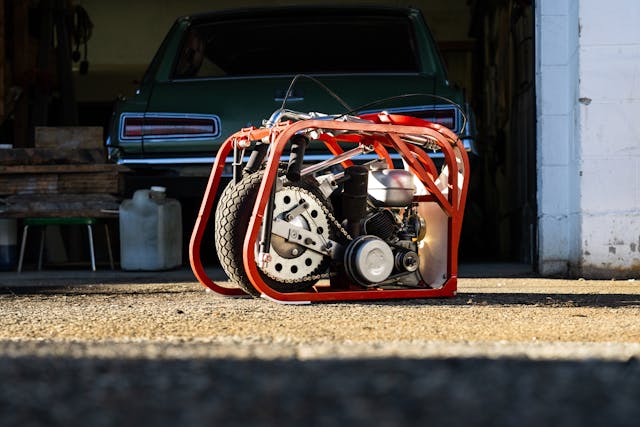
Meet the Fuji Go-Devil. It is part motorized barstool, part two-stroke mosquito fogger, part archeological wonder. A 50cc scooter designed to be packed away in a suitcase for your next flight (yes, really), the Go-Devil is an example of forward-thinking motorized ingenuity, straight out of the 1960s.
Little more than a square-tube frame with an engine and fat rear tire, the Go-Devil looks more than a bit sketchy to ride. With a central spine twisted into place and a couple of pulls on the starter handle, it’ll take right off. Outside his workshop, owner Gerry Measures swings a leg over the low seat and whizzes off on a demonstration run, leaving a cloud of hydrocarbons hovering in his wake.
Built between 1964 and 1967 in Japan, the Fuji Go-Devil is a rare little beast indeed, but it’s one of an enduring breed. It’s also technically a Subaru, as it was built by Fuji Heavy Industries (FHI), the parent company of everyone’s favorite Japanese pancake-engine manufacturer.
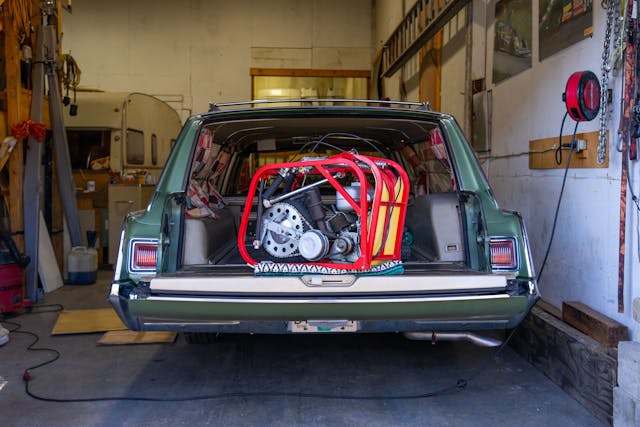
Measures points out a couple of the Go-Devil’s more curious features: magnesium wheels and aeronautical-looking struts. FHI was an aircraft manufacturer—hence the boxer engine in your WRX—and there appears to have been some parts-bin product development at work. The rear wheel looks like it might fit some tiny tail-dragger scout plane.
It’s a tiny example of manufacturing history, one more tied to Subaru’s heritage than you might think. The larger Fuji Rabbit scooter dates all the way back to 1946, and it proved instrumental in Japan’s post-WWII building period. Resembling a cycloptic duck, the Rabbit S-1 took inspiration from the Powell scooters used by American servicemen. As Japan’s industry pivoted to an export model, Fuji’s scooter division looked to capitalize on the demand with something more portable.
Go-Devils are rare, so they tend to crop up in unusual places. When Measures saw his first one, years back, it had been discovered in an old fallout shelter, tucked alongside cans of baked beans. Their small size means that there are probably a few out there in the back of a garage or the corner of an attic.
1942–54 Welbike/Corgi
The most obvious customer for a minibike that can be folded up and taken on abroad is, of course, the modern paratrooper. Obviously, “abroad,” is a bit of a euphemism in this case. During the Allied invasions of France and Italy, some British paratroopers were deployed with a 98cc motorcycle that was designed to be air-dropped inside a tube.

Dubbed the Welbike, the small-wheeled mini-machine had an air of dachshund, with its two-stroke single-cylinder lying horizontal in the frame. Total setup time to unfold and start it was intended to be just fifteen seconds, assuming the paratrooper could find the thing; it was dropped separately from the plane and not attached to the soldier. One hoped that Jerry did not nick your Welbike before you got to it.
As you might expect, most of these scooters in practice ended up serving as on-base runabouts.
In the postwar period, swords of all kinds were beaten into plowshares. Former Lt. Colonel John Dolphin, who had been commander at the secretive research station where the Welbike was developed, found himself managing director of the Corgi Motorcycle Company. Since Corgi is a dog breed that resembles small, adorable footstools, the name was a perfect fit.

In the U.S., Corgi’s parent company had recently acquired the storied Indian motorcycle company. The Welbike thus began advertisements in department store catalogs under the name “Indian Papoose,” complete with signature burgundy paint and gold “Indian” script. It was not road-legal and thus found favor with farmers who used it off-road.
With a top speed of around 30 mph, all varieties of this little scooter were slow. However, in postwar England especially, gasoline rationing made the Corgi very popular. Some 30,000 units of all varieties were built, though few seem to have survived outside of the U.K.
1981–83 Honda Motocompo
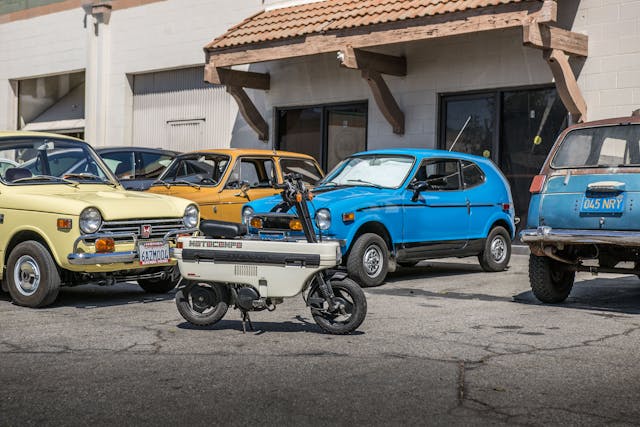
While practical thrift spurred the scooter explosion of the postwar period, the next (and perhaps the most famous) folding scooter was an expression of economic optimism. Where else but in Japan, amid the run-up to a bubble economy, could something like the Honda Motocompo gain traction?
Launched in 1981 as a $332 accessory for the Honda City and Today compact cars (you could also get one of these scooters as a standalone), the Motocompo was something entirely new. The concept was a trunk bike—a “last-mile” folding scooter that would take you from your parking spot to your final destination. Think a sprawling industrial or corporate campus, and the ability to scoot right over from your peon-status salaryman lot.
Powered by a 49cc engine that made about 2.5 hp, the Motocompo was the smallest scooter ever made by Honda, and it was somewhat strained at even city speeds. A little above 30 mph is technically possible but not recommended for a sustained period.
Not a commuter, then—a commuting solution, at least in concept. Pictures of Motocompos stacked two and three to a trunk conjure memories of 1980s Transformers—”Soundwave” the boombox in particular, complete with his team of transforming cassette tapes. There was just one problem: For a toy, the Motocompo was a bit heavy (99 pounds) and not really practical for a land of excellent public transportation.
Still, in terms of public fascination, the Motocompo endures as an example of Honda’s fun-loving personality and ingenuity. You can buy a Hot Wheels City Turbo off the peg at your local grocery store today; peer inside, and it’ll have Motocompos tucked in the back.
They’re also popular as a quirky pitbike solution, and despite not being fast at all, they are rather fun to buzz around. Prices for vintage Motocompos are high enough these days (they easily bring $5000, frequently more) that you wonder why Honda doesn’t bring back the concept. (Guess Honda heard you, Brendan. —Ed.) It might not have sold all that well in period, but an e-Motocompo for the back of the Honda e city car would generate more headlines than the company could possibly want. (Even electric! You’re good. —Ed.)
1991 Mazda Suitcase Car
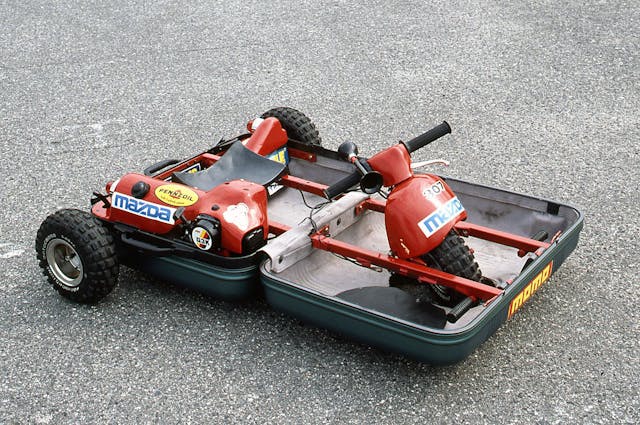
What company could be even weirder and more ambitious than Honda? Leave tiny oddities to a relatively tiny company—in this case, Mazda, an outfit in which one imagines engineers locked the beancounters in a broom closet so they could sell sports cars with high-strung twin sequential-turbo rotary engines and full warranties, amid other lunacy.
In response to a company-wide innovation competition, a handful of engineers from Mazda’s R&D department responsible for the brand’s manual transmissions came up with the idea to build a motorized suitcase. Working with a tiny sliver of budget, the team set to work turning its idea into a functioning vehicle. They obtained the largest available Samsonite suitcase, as well as a 33.6-cc pocket bike to be cut up for parts.
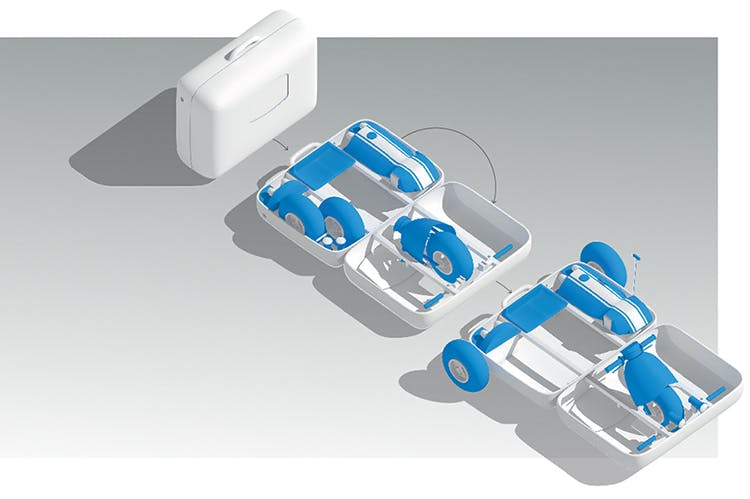
Folded up, with the external rear wheels stowed, the suitcase car looks like, well, a suitcase. However, once you open it flat, unload the rear wheels, attach them, and deploy the handlebars, you have a sort of motorized tripod skateboard on which you can perch your fashionable self. The build was incredibly popular inside Mazda, but in the end, the suitcase car amounted to no more than a prototype.
Three such prototypes were built in total: the original was crashed and destroyed by an over-exuberant test driver, and one bound for the European car show circuit went missing. The third and final Suitcase Car is with Mazda in California and has appeared on The Discovery Channel and The Oprah Winfrey Show.
Unlike the other scooters listed here, Mazda’s Suitcase Car was never sold to the public. From the outset, it was really more a proof of concept than a practical mobility solution. Yet who among us wouldn’t be first in line for a go? It looks like huge fun in a tiny package.
Perhaps that’s why, even today, manufacturers and startups still seem to be looking for a way to sell portable mobility solutions that you can pack up and take with you. Few ever seem to make it past the cool-but-ultimately-useless stage, but maybe one day someone will crack the code.
***
Check out the Hagerty Media homepage so you don’t miss a single story, or better yet, bookmark it. To get our best stories delivered right to your inbox, subscribe to our newsletters.

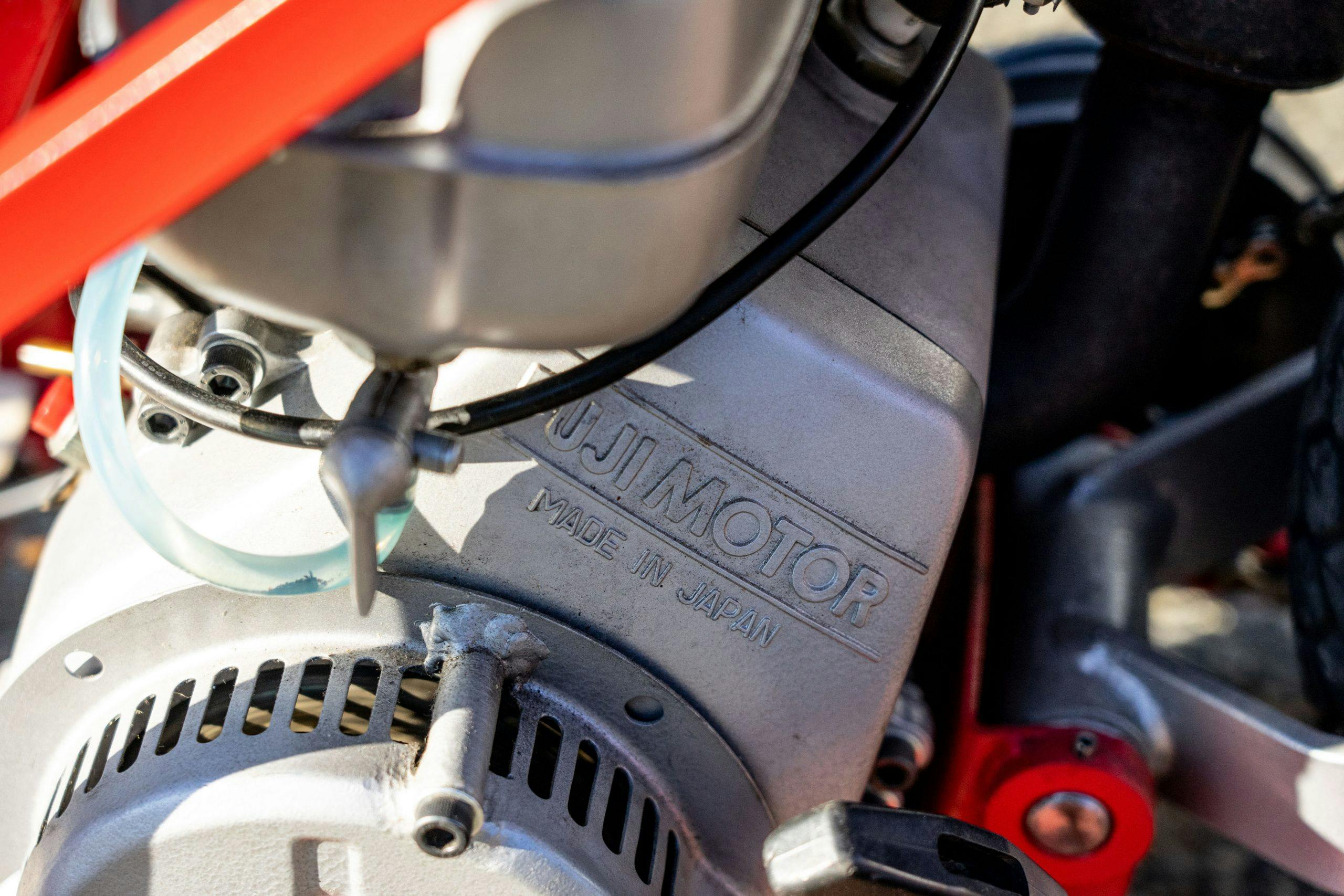
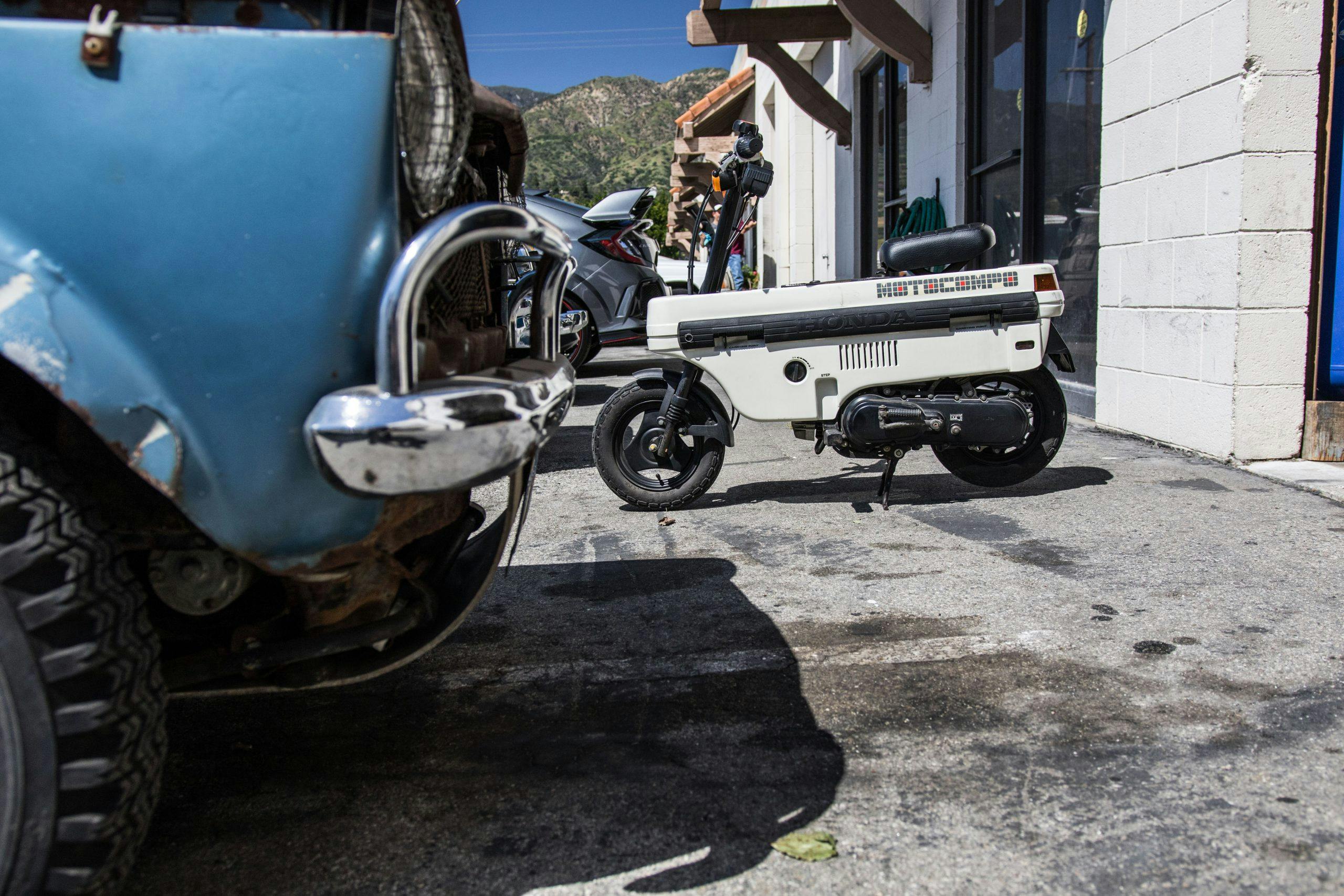
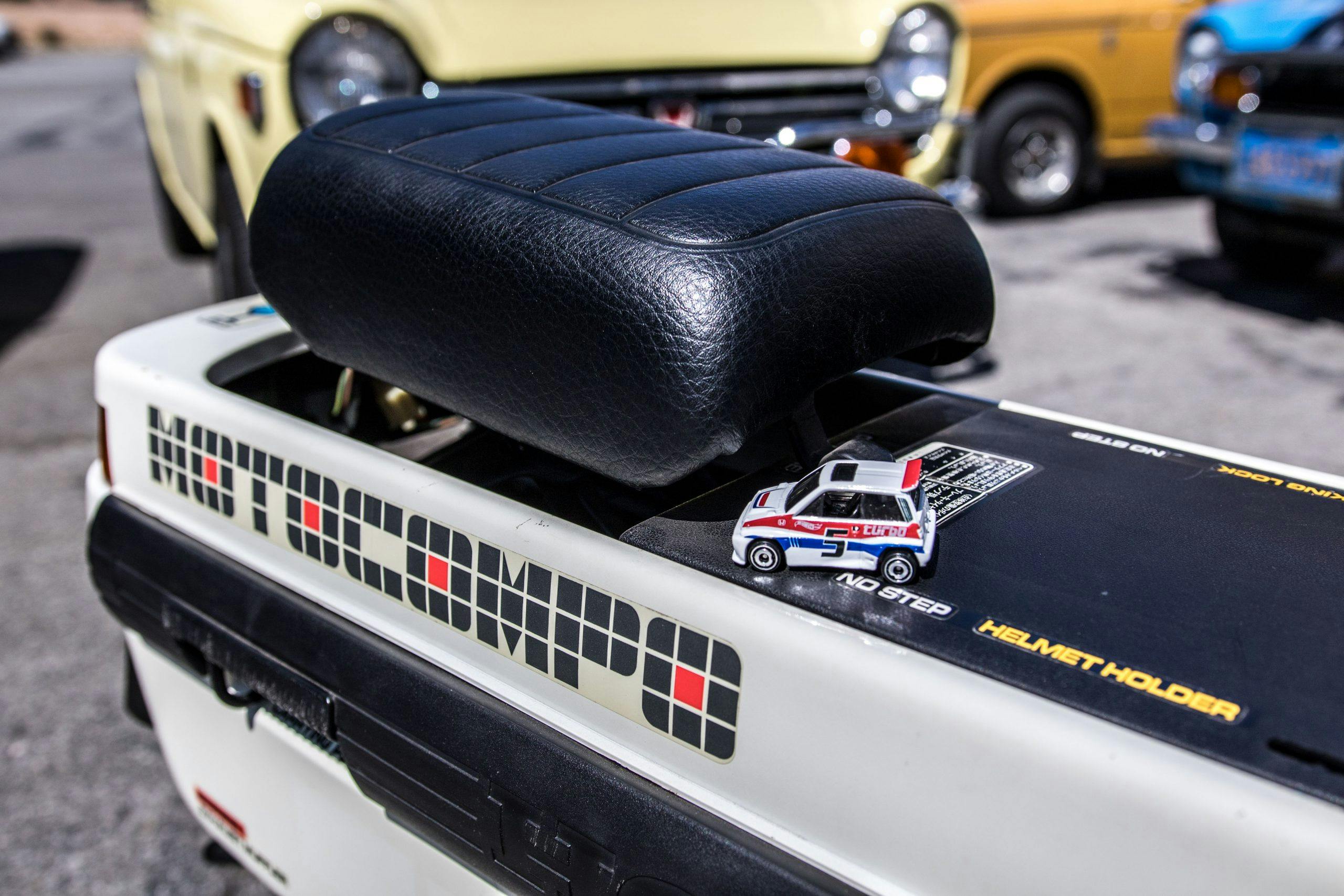
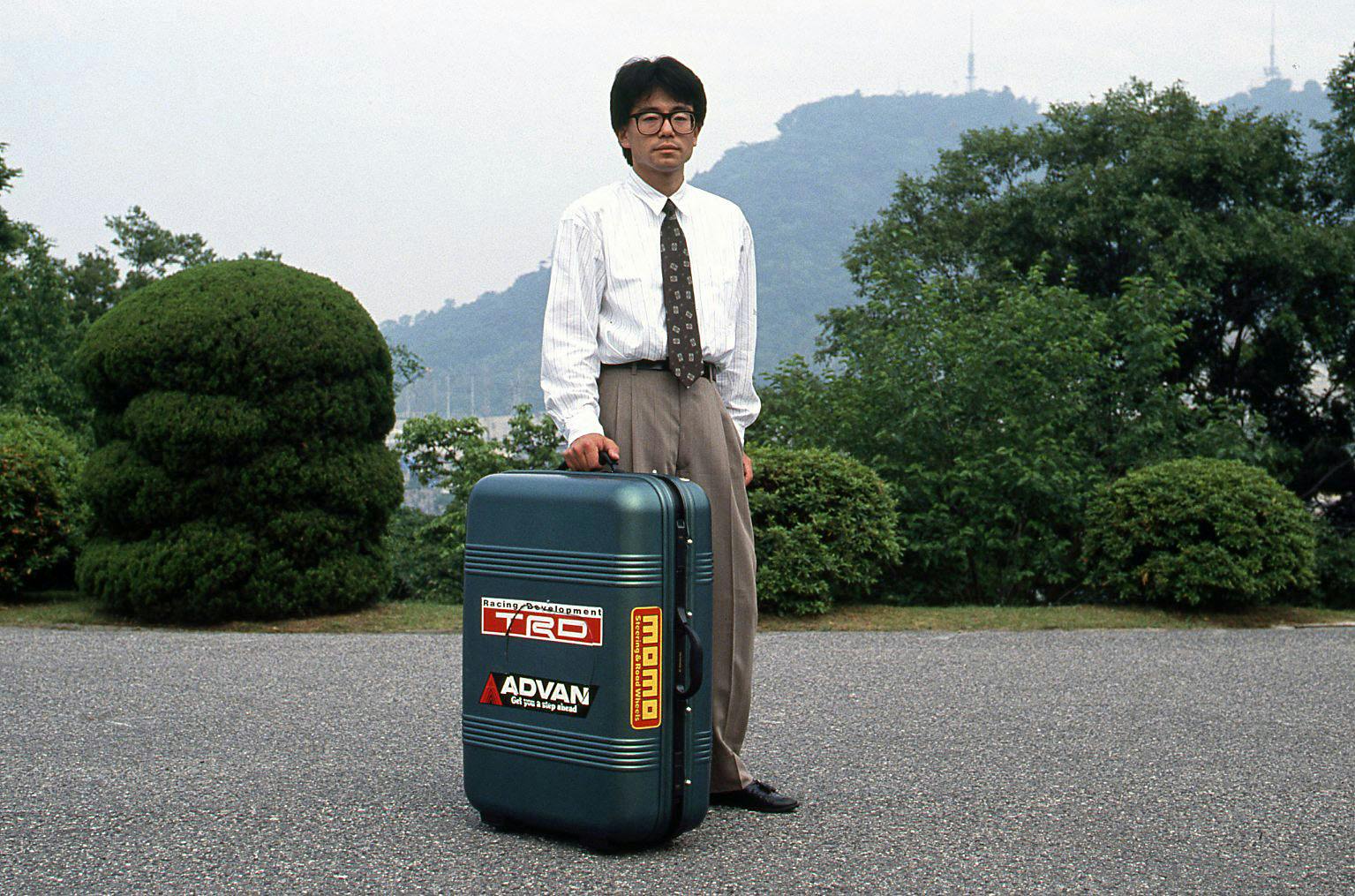

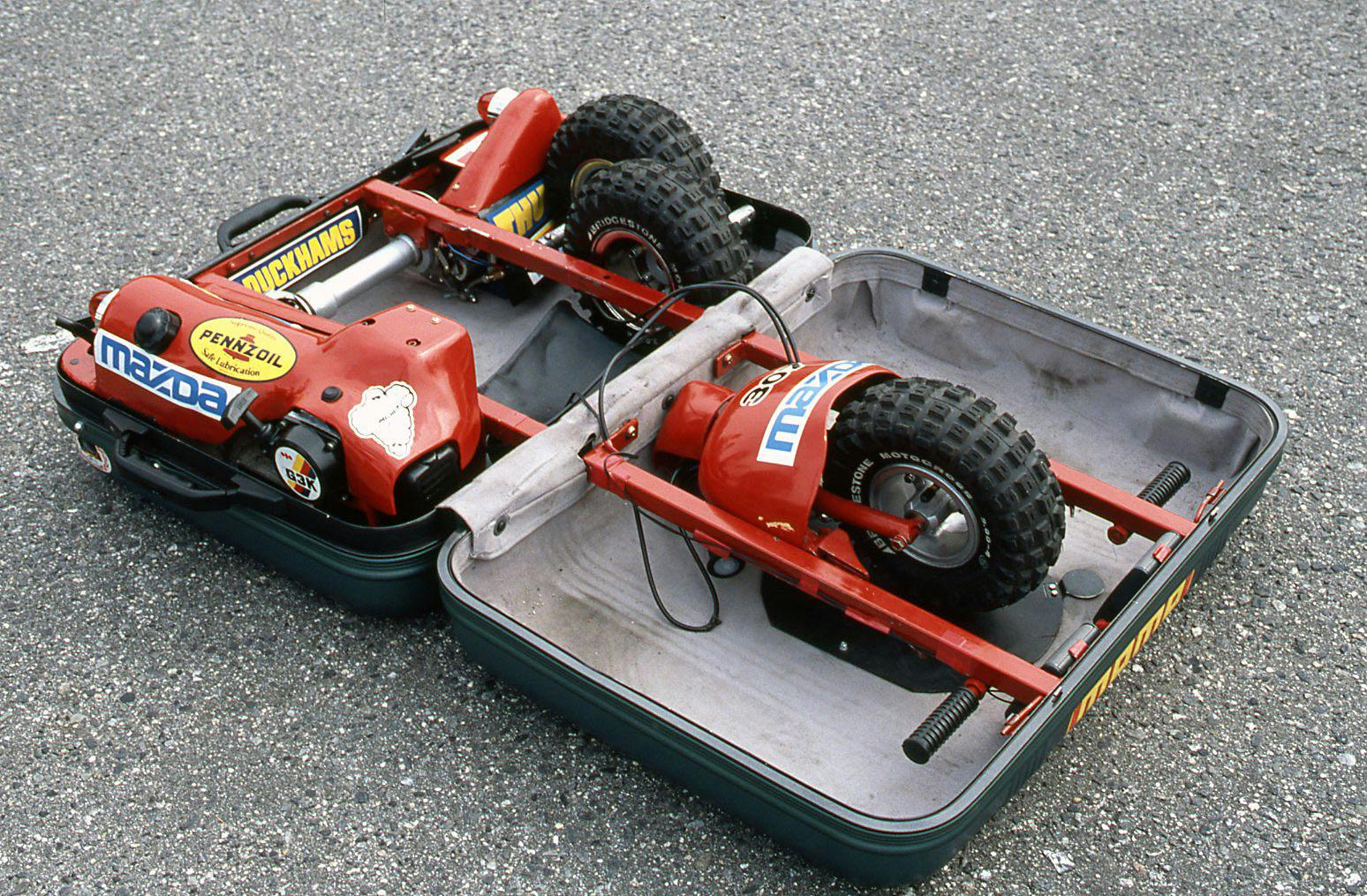


The suitcase car is the craziest of all of these. All are very cool.
The suitcase is indeed crazy, but I’m completely in love with the Go-Devil. I’d be very happy to find one in an old fallout shelter!